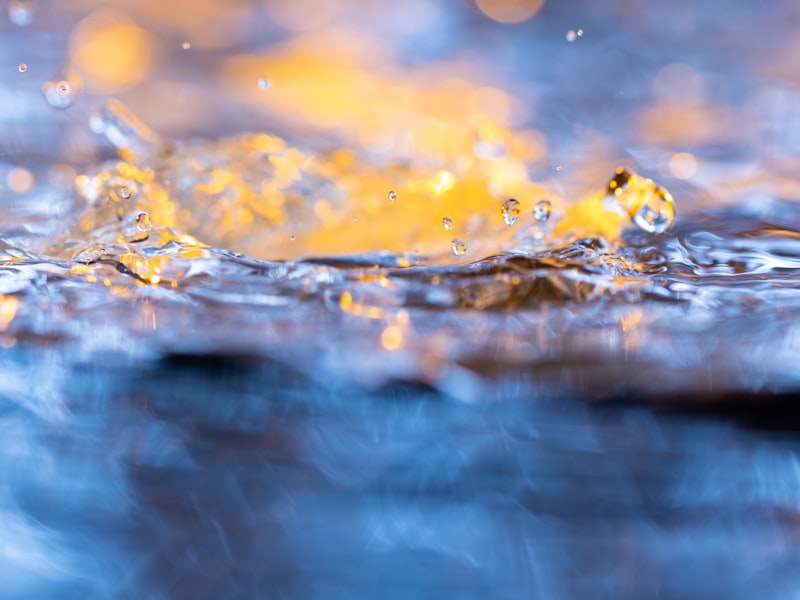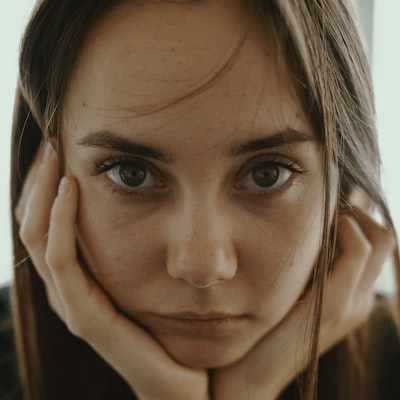Ayurvedic Massage Techniques

Ayurvedic massage includes the ancient 5,000-year-old Indian principles of Ayurvedic medicine, the science of stress points and the life force. This kind of massage is meant to make harmony among the mind, soul, and body, to help the person to heal himself. The term Ayurvedic derives from the Sanskrit Ayus meaning"law of nature" and Veda or the study of ancient India's classical texts. These are a few of the main things that you ought to know before you start giving a massage with Ayurvedic oils.
Lots of the Ayurvedic massaging methods come from India and China, and come from many areas of the world. Many are targeted towards treating mild diseases and pains in the body, such as headaches and back pain. Other popular areas of treatment include treating conditions associated with overwork or stress, like insomnia, anger, sadness, anxiety, stress, digestive disorders, asthma, digestive problems, and skin blood flow enhancement. In these last two groups, Ayurvedic medicine is especially helpful because it focuses on the whole individual, treating all the needs of the person for a general health boost. These remedies are also used in Ayurvedic hospitals throughout the world.

While you do need to get the standard Ayurvedic knowledge before doing an Ayurvedic massage, you do not need any prior experience with the Ayurvedic process to enjoy one. That's, of course, if you don't would like to give yourself an emergency facial massage while your skin is becoming an allergic reaction! While most individuals use vegetable oil during an Ayurvedic massage since it is very comfortable, you should be aware that using mineral oil is not recommended through an Ayurvedic massage as it doesn't allow for free flow of oil throughout the body. Instead, you should use olive oil, coconut oil, or almond oil as the massage oil.
When you perform an Ayurvedic massage, it's normally performed with a straight back on a table. You won't need a seat because this is the traditional position for Ayurvedic nurses or patients. However, it can be useful to sit on a chair if you prefer. The advantages of sitting on a chair for an Ayurvedic massage therapist are that it's more comfortable, allows for easier communication between the patient and massage therapist, and facilitates better massage methods. If you have back problems or other chronic ailments, you may want to contact your doctor before starting an Ayurvedic massage.
Next, your Ayurvedic medicine therapist will place your mind for a traditional Indian head massage. Typically, the therapist will start at the top of the trunk and go down slowly until the mid-back area. At this time, they will apply soothing pressure to help with the circulation of blood and fluid throughout the body. Following this, your massage therapist may stretch the top legs to get more flow in the legs. This helps reduce swelling after a good sweat or a workout. Additionally, it helps alleviate lymphedema, which is swelling caused by fluid retention.
Another technique that is commonly used is an Abhyanga massage. It differs from a standard Ayurvedic massage in that it uses a combination of herbal ingredients, known as abhyanga, on the skin and from the hair of the patient. Ayurvedic medicine practitioners think that anxiety levels cause the accumulation of sterile fluids in the body. Additionally, the Ayurvedic practice of healing by using herbal mixtures is similar to the process of detoxifying. Abhyanga helps to reduce stress levels and restore the body to its natural equilibrium of hormones and toxins.
The previous technique used is Triphala massage. Triphala is one of the three doshas in Ayurveda. Each dish has its own healing effects. This massage, therefore, works in conjunction with the other two doshas to be able to boost overall healing and wellness.
Throughout a Triphala massage, the massage therapist uses the thumbs, fingers and palm of their hands to stimulate the 3 doses at the same time. The result is an invigorating feeling throughout the entire body. The most commonly applied Triphala is your Shalya-Kuthar massage. It uses a combination of soothing oils and smooth, cool strokes to wake the muscles and loosen tight knots. The objective is to help the individual to relax and enable the body to return to its natural state of relaxation.
